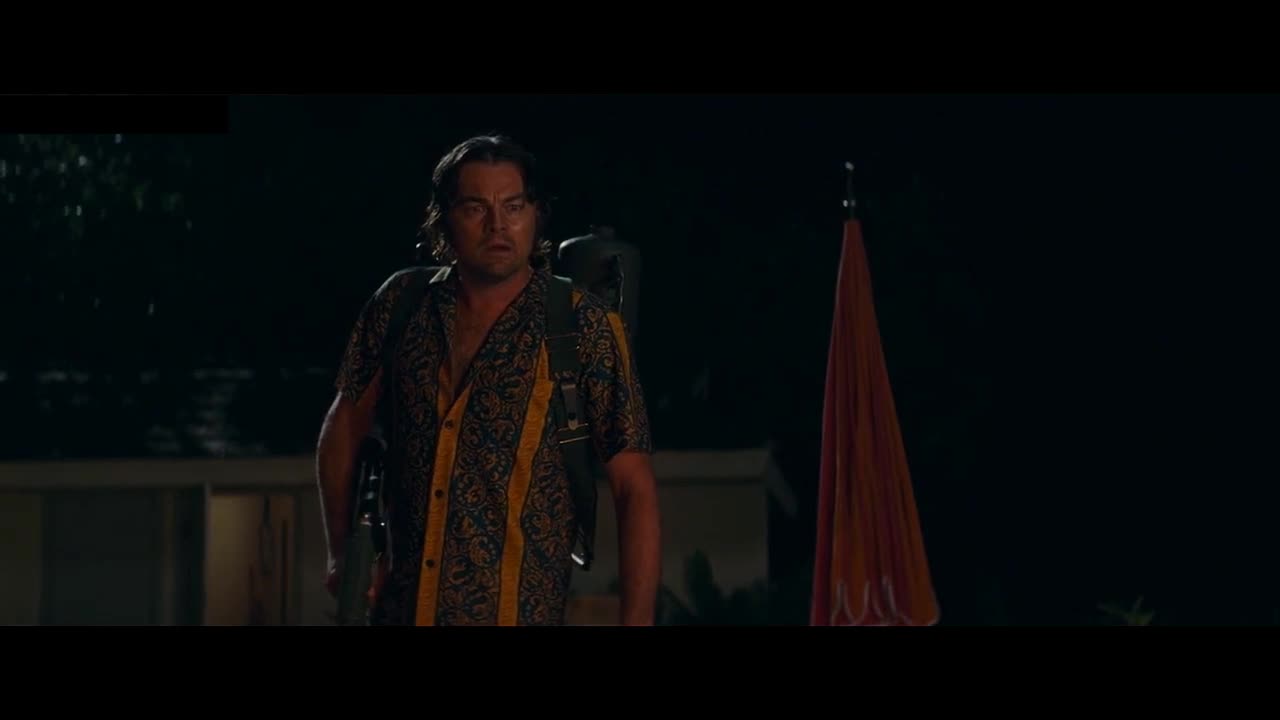Premium Only Content

She Rides How The Gods Kill Danzig
She Rides Album Danzig 1988
How The Gods Kill Album Danzig III: How the Gods Kill 1992
by Danzig
Like ALL Danzig's other albums with the original lineup, this album was issued a Parental Advisory sticker, later complete with a "strong language" warning, despite the total absence of profanity.
As the girl is set on fire with a flamethrower I wonder if you see the annoying box I had to put to edit out somebody else's tramp stamp on the bit I stole... The drudgery of a copyright Pirate! Remember!!! Elon Musk sells Flamethrowers!!!
Danzig is the debut studio album by American heavy metal band Danzig, released in August 1988. The album was the first release on producer Rick Rubin's new label Def American Recordings. Def American's successor, American Recordings, reissued the album in the United States and United Kingdom in 1998. It remains the band's best-selling album having been certified gold in the U.S. in 1994, and has since been certified platinum. Danzig promoted the album with a successful world tour in 1988–1989.
Danzig was recorded at Atlantic Recording Studios and Chung King Metal, and mixed at Smoke Tree and Village.[14] These sessions took place between September 1987 and April 1988.
The song "Mother", retitled as "Mother '93" and with live audience overdubs, became a hit on radio and MTV in 1993–94 after a new video-single with live footage was created to mark its inclusion on Thrall-Demonsweatlive.[11][16] The song was also later included on various hard rock and heavy metal music compilations, and featured in the video game series Guitar Hero. It also appeared on the soundtrack to the 2013 film The Hangover Part III.
John Christ has described "She Rides" as "Our first sex song...it's such a stripped-down song, just a couple of guitar tracks and almost no bass. "She Rides" probably has the best vocal performance on the album, though. There are also some really weird background noises and moaning sounds on it." Generally the song refers to mythology on Lilith. References to "she rides/from the daylight in chains" reflect traditional methods for binding demons. The song also appears to take inspiration from the poetry of Christopher Brennan, in particular part xiii of the "Lilith" sequence of The Forest of Night: "She is the night: all horror is of her..."
While the album's liner notes expressly state "All songs written by Glenn Danzig", the song "The Hunter" was written by Booker T. & the M.G.'s and Carl Wells. Originally recorded by Albert King, the Danzig version of the song only features slightly modified lyrics.
Original LP, CD, and cassette versions of the album cover had no identifying text whatsoever, only a white skull on a black background. The skull, also used on the Samhain albums Initium and November-Coming-Fire, was taken from the cover of the Marvel comic book The Saga of Crystar, Crystal Warrior (issue 8). It was drawn by artist Michael Golden, who is not credited. The skull on the album cover was drawn by Danzig.
Later pressings of the compact disc added the Danzig band name logo in the lower right. While 1990–1998 pressings of the CD had the Parental Advisory label in the form of a sticker on the cellophane wrap, pressings since 1998 have the label printed on the artwork. Danzig is one of few albums labeled as "explicit" despite the virtual absence of profanity, save for one use of "whore". Glenn Danzig commented on this use of the advisory label: "That's because of its content. We're making people think. You're not allowed to make people think in the United States. You're not allowed to have them question the government or authority."
Music videos were released for the songs "Twist of Cain", "Am I Demon", "Mother" and "She Rides". Upon its release the music video for "Mother" was banned by MTV for containing controversial imagery. All four music videos later appeared on the Danzig home video.
Danzig III: How the Gods Kill is the third studio album by Danzig, and the highest to chart at the time of its release in 1992 on Def American Recordings. It was reissued in 1998 by Def American's successor, American Recordings.
Bassist Eerie Von considers the album to be Danzig's best, with the band at its peak and able to record most of the basic tracks for each song within a couple of takes.
Guitarist John Christ noted how a lot of time was spent perfecting the guitar sounds for the album. For the quieter moments on the songs "Anything", "Sistinas" and "How the Gods Kill", Christ used a Strat guitar previously played by Jeff Beck. The composition of "Sistinas" and the title track, according to AllMusic, "attempt to match their music with the darkness of Glenn Danzig's lyrics", a departure from the blues riffs played elsewhere.
The title song "How the Gods Kill" concerns a search for knowledge and an understanding of oneself. According to John Christ, “That was a real tricky song to write and record. It has so many level jumps and changes in the sound of the guitar. I had to go from a very soft section to a very loud section to an in-between section. If you listen closely, you can hear a hissing noise in the vocals in the intro because we were using a real noisy vocal preamp. We tried everything to get rid of it, but Glenn's performance was so good that we decided to leave it - the mood was just right.”
The tracks "How the Gods Kill" and "Dirty Black Summer" became popular and remain a permanent fixture in the band's set list.
The album's cover is a 1976 painting called Meister und Margeritha (The Master and Margarita) by famous Swiss artist H. R. Giger, named after Mikhail Bulgakov's novel The Master and Margarita. For the album cover, Giger modified the original painting slightly, covering "the Master's" erect penis with a dagger bearing his interpretation of the Danzig skull symbol. Giger's version of the Danzig skull was later used on T-shirts and as the cover art for the "Dirty Black Summer" single.
Glenn Danzig – vocals
Eerie Von – bass
John Christ – guitars
Chuck Biscuits – drums
-
 1:45:52
1:45:52
Redacted News
5 hours agoBOMBSHELL! Trump about to announce largest spending FREEZE in American history, deep state in PANIC
136K233 -
 UPCOMING
UPCOMING
Danny Polishchuk
5 hours agoThe Funniest Call In Show On Earth - Live From New York City's Best Comedy Club
428 -

The StoneZONE with Roger Stone
2 hours agoTrump Authorizes ICE Raids That Save Women and Children | The StoneZONE w/ Roger Stone
9.04K -
 LIVE
LIVE
Patriots With Grit
13 minutes agoThe Evil Underbelly of Healthcare | Scott Schara
52 watching -
 LIVE
LIVE
megimu32
4 hours agoON THE SUBJECT: Music fun, Marvel Madness, and HOTSEATTODD!
283 watching -
 7:24:37
7:24:37
Dr Disrespect
9 hours ago🔴LIVE - DR DISRESPECT - WARZONE - NEW SEASON 2 UPDATE
157K28 -
 58:55
58:55
Candace Show Podcast
5 hours agoBACKSTABBED: Justin Baldoni’s Leaked Voicemail, RFK Jr’s Betrayal | Candace Ep 140
114K189 -
 54:34
54:34
LFA TV
9 hours agoThe Deportation Mandate | TRUMPET DAILY 1.28.25 7pm
22.2K3 -
 1:31:36
1:31:36
The Big Mig™
12 hours agoFauci’s Fiction w/ Dr. Michael J Schwartz
37.6K6 -
 DVR
DVR
Edge of Wonder
4 hours agoChina’s DeepSeek AI Engineered to Censor, Control & Overpower USA
20.1K5